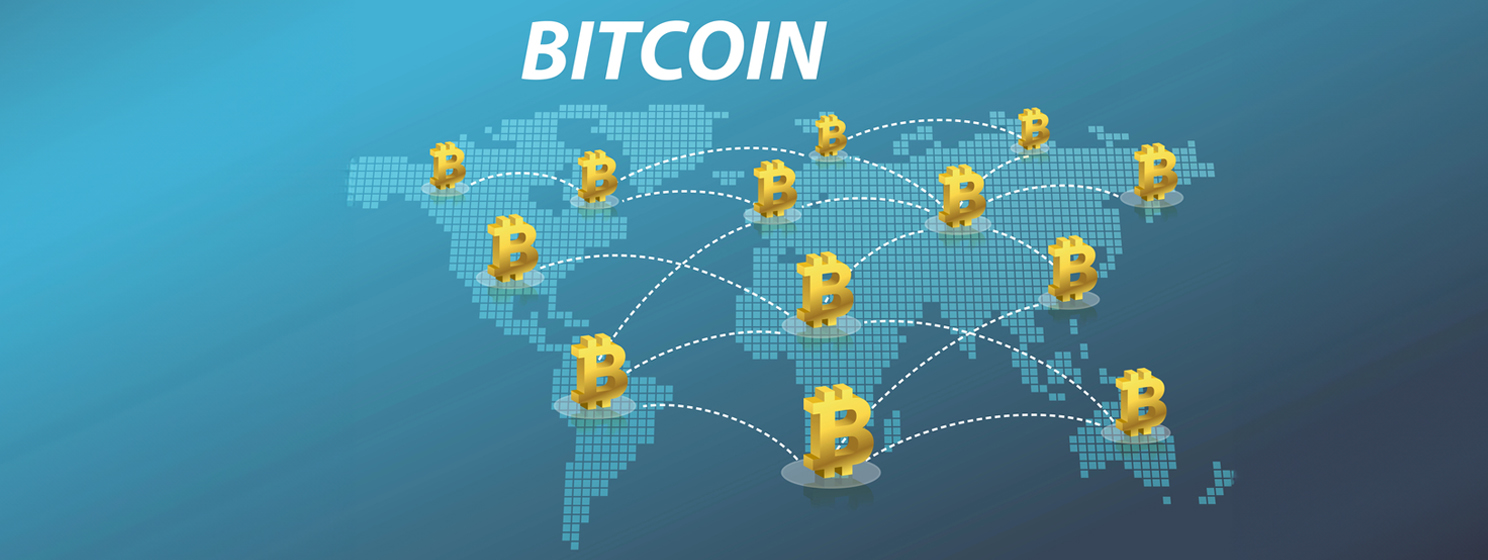|
Getting your Trinity Audio player ready...
|
In today’s global economy workers tend to migrate to where there is work. However, these workers usually cross the globe alone, leaving their families behind. Usually, the breadwinners working in low-paid jobs are migrant workers responsible for ensuring that their families are well provided for and their children are educated when they are working away.
The challenge with sending money overseas is high bank charges—especially when transferring and exchanging money into different currencies. Financial Institutions like Bank of America (BofA) (NASDAQ: BAC) can charge up to $30 for domestic and $45 for international money transfers. This figure is not unusual, and other banks may charge even more to deliver a similar service. Banks also charge to receive money from overseas. This cost discourages people from sending regular or small payments as the transaction fees could be prohibitive for workers who send money home several times per month. Families at home may struggle without regular access to cash causing distress and angst.
There are other challenges, too—especially if the intended recipient does not have a bank account. We tend to assume that everyone has either an account or access to a bank account. According to a 2022 article from The World Bank, there are around 1.4 billion ‘unbanked’— people without a bank account—many of them living in developing countries. Historically, workers have been able to send money to their relatives through a service such as Western Union (NASDAQ: WU)—but fees are relatively high, and transfer times can be frustratingly slow. The recipient can receive the cash either in their bank accounts or in person if they can get to the Western Union office. Western Union also charges transfer fees.
According to the World Bank, low and middle-income countries received $548 billion in remittances in 2019, with countries like the Philippines receiving 9.4% of GDP in personal remittances. And with $125 billion received in India in 2023, sending remittances to families is a huge part of improving people’s lives in these countries. It is no wonder international money transfer services are so keen to advertise their services.
The introduction of mobile technology apps enabling people to transfer money to another person using text-based transfer has surged—especially in Africa, where banking tends to be carried out primarily using mobile phones. Apps facilitating cash transfers increase in African countries. According to DLA Piper, users can deposit money into an account on a mobile phone and send PIN-secured text messages to other users to transfer money. Unfortunately, as the mobile money system is separate from the financial system in the country, money laundering, bribery, and extortion can easily happen.
The United Nations says access to financial services is a key factor in escaping poverty. One of its Envision 2030 targets is that “the poor and the vulnerable, have equal rights to economic resources, as well as access to basic services, ownership and control over land and other forms of property, inheritance, natural resources, appropriate new technology and financial services, including micro-finance.” Yet microfinance is seemingly out of reach when large bank charges and inefficiency occur. This can directly impact the families of migrant workers who might urgently need access to money.
Fortunately, there is a solution. Remittances on the blockchain can be transacted with almost unnoticeable fees. Migrant workers can send funds regularly to their families, giving them greater control over how these funds are managed, and giving families a larger percentage of their money. Implementing a system that makes it easy for workers to send money to their families will increase the value of the cash in these countries. This not only improves the welfare of the families receiving regular remittances, but also improves stability for the migrant workers. Transferring smaller amounts regularly with low fees could enable these workers to improve their lives and the economy of their home countries. Regular payments will also improve budgetary decisions.
The digital remittance system, once built, could quickly grow. Workers who regularly transfer money to their families could talk to their friends about how simple the system is. Families with relatives working in other countries will endorse the transfer system to their neighbors and friends, encouraging others to adopt the remittance system. The more people who use the system, the lower the fees could become, and the more money in circulation locally foster small businesses to start up and entrepreneurial endeavors.
The ability to digitally transfer cash directly to the family without going through an expensive intermediary could revolutionize how payments are made. A digital wallet could have the ability to hold funds in different currencies—both for the migrant worker’s location and the currency at home.
The wallet could link to government systems to ensure that the correct proportion of tax is paid if necessary and alert if a pre-set level is exceeded during a transfer. It would, of course, be created to comply with existing anti-money laundering and would ensure that all know your customer (KYC) checks and balances are made. The wallet would also need to work in areas of intermittent internet access or cell phone availability and ensure the cash was recoverable in a disaster recovery event.
It seems like a win-win situation for workers and their families, who would benefit from having a greater share of their salary as disposable income. Regular payments would make budgeting easier for families, freeing up opportunities to save and enable them to invest in education and business opportunities. The blockchain infrastructure is already in place and built to cope with secure transactions at scale.
However, creating the infrastructure to make this happen needs policymakers, law, and finance input to ensure the solution is compatible with worldwide legal frameworks. The solution may be slow to implement, but once in place, it would revolutionize the lives of families and improve their standard of living. A fast, low-cost way to transfer money is certainly worth consideration.
Watch Building the future with blockchain: Insights with Ty Everett

 12-26-2025
12-26-2025 




